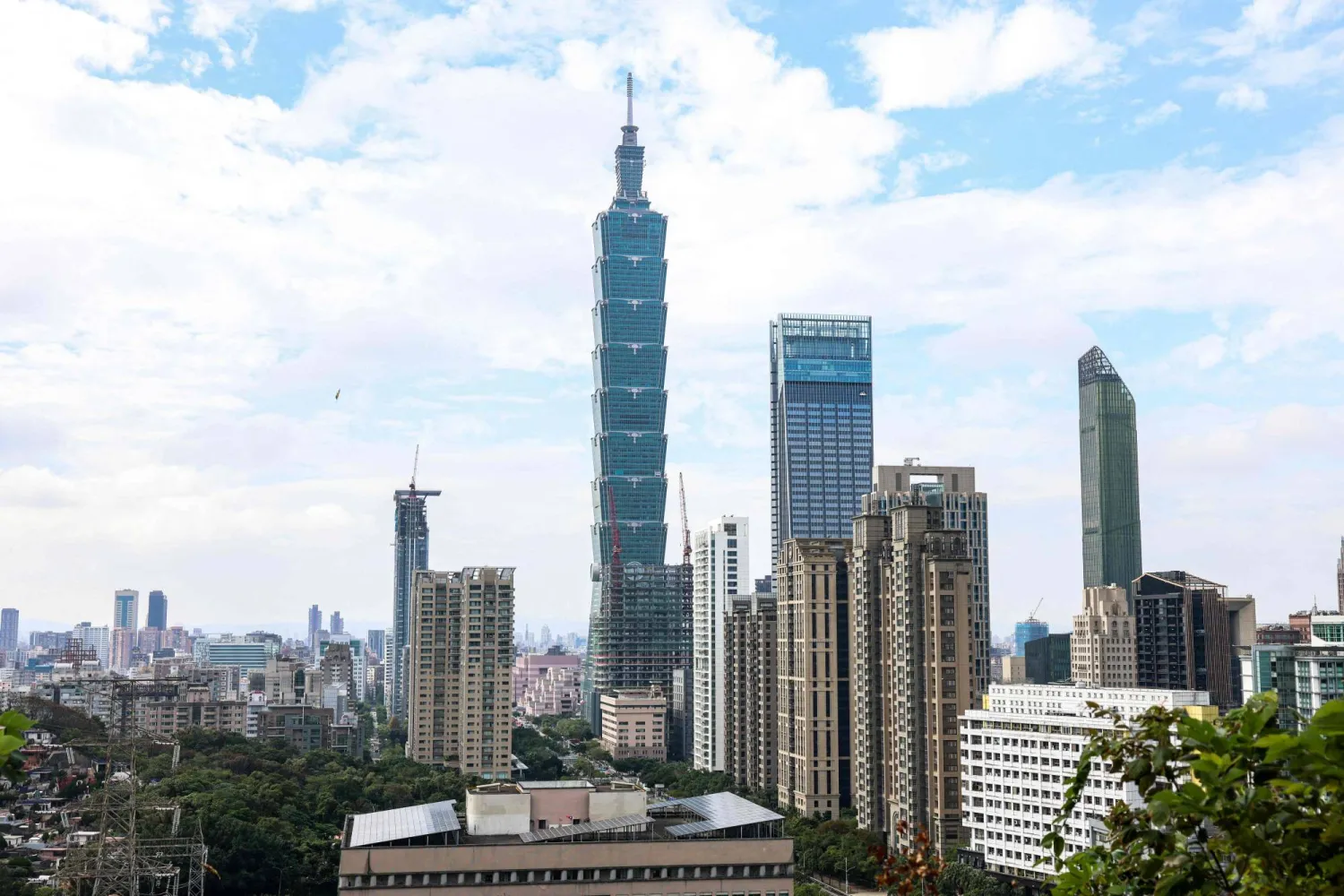Employees of businesses and media firms at London’s Chiswick Business Park were alarmed by the unprecedented deployment of Metropolitan Police in the area in recent days.
The move was followed by the deployment of counter-terrorism forces and later the erection of checkpoints.
The intense security measures are aimed at protecting the headquarters of Iran International, the independent Persian language channel whose staff have received death threats as protests raged throughout Iran for the third consecutive month.
As the protests continued to intensify, Iranian security and intelligence authorities increased their crackdown and threats against the opposition abroad. Journalists in western countries have been their favorite target after they exposed the extent of the excessive use of force the regime has used to suppress the protests at home.
Employees at Iran International told Asharq Al-Awsat that the threats intensified as the protests picked up steam throughout Iran.
British police were the first to inform them of the threat back in October.
They were told that the threat was real and imminent against employees at the channel, but they were vague on the details.
They revealed that Tehran had in fact been increasing its threats since about a year ago.
At the time Iranian officials were threatening opposition media without targeting any specific one. But since the eruption of the protests in wake of the death of Mahsa Amini in September, the threats have only increased, with Iran International actually being named.
Iran International is the most watched foreign-based opposition news channel in Iran. It enjoys around 33 percent of viewers, nearly double its closest competitor.
Iranian officials, meanwhile, have accused foreign-based Persian language media outlets of stoking the protests. Tehran has imposed strict restrictions on the coverage of the protests on local media.
Besides Iran International, Tehran has pressured the Persian service of the BBC and the United States’ Radio Farda and the Persian Deutsche Welle.
With the increased threats, British police upped security at the headquarters of Iran International.
The employees told Asharq Al-Awsat that the police coordinates and shares information with them about the extent of the danger and threats.
They spoke of an incident in which security noticed two men and a woman with a baby that were strolling back and forth in front of the channel’s headquarters until late at night. The security guards found it unusual that they would keep the baby out at such a late hour, so they approached the “family” to ask if it needed any help.
The guards were then surprised when the men asked about the security measures at the building. The guards informed the administration about the incident.
The employees told Asharq Al-Awsat that Tehran often turns to drug dealers, money-launderers or religious extremists to hire as agents to carry out its threats.
Last week, British counter-terrorism police increased their security measures at Iran International. They set up cement blocks like the ones erected at government buildings and tourism landmarks to prevent car rammings.
The British government had also recently summoned Iran’s top diplomat in London to protest against no less than ten plots to kill people residing in the UK whom Tehran views as “opponents of the regime”.









